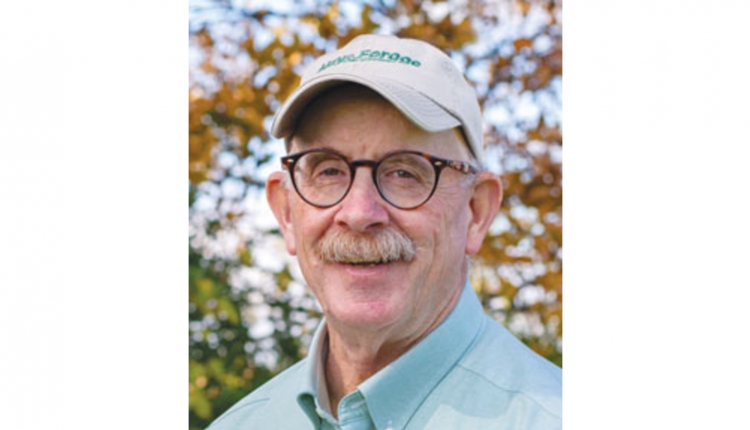
A favorite movie of mine is the 1991 flick “City Slickers,” which starred the likes of Billy Crystal (Mitch) and Jack Palance (Curly). It documented the escapades of three insecure and unhappy city dwellers (Mitch among them) who sought to solve their problems by signing up for an old-fashioned Western cattle drive.
In one scene, Mitch finds himself alone with the always gruff trail boss, Curly, as they are tasked to find a stray cow. Their conversation went something like this:
Curly: Do you know what the secret of life is? (holds up one finger) This.
Mitch: Your finger?
Curly: One thing. Just one thing. You stick to that, and the rest don’t mean nothin’ (that last word was actually a bit different in the movie).
Mitch: But what is the “one thing?”
Curly: That’s what you have to find out.
As Mitch eventually discovers, that “one thing” may be unique to the individual. If we were to extend this concept to the forage industry, that “one thing” is a pretty simple answer: forage quality.
More often than not, most of what we do, buy, sell, and research relates to improving forage quality. Even if yield is a primary focus, it’s rarely evaluated without the context of forage quality. This is true for both machine-harvested and grazing systems. It is also true that forage quality is a relative term: Making gains in forage quality means something different on the Western range compared to a Northeast dairy farm.
Forage quality is simple, yet complicated. It’s simple from the standpoint that there is one primary driver: plant maturity. Cut or graze too late, and forage quality, along with livestock performance or the price received for that forage, suffers.
But then there’s the complicated part, not the least of which is environment and weather. Too hot, dry, cold, or wet can all take their toll on forage quality in both the plant itself and perhaps the inability to get it harvested.
Other than irrigation, there’s little recourse in our control of environmental factors; however, we can and do try to beat the weather. The growth of haylage and baleage as a storage option is largely a mitigation strategy for shortening wilting times. The result: improved forage quality by avoiding rained-on hay or a delayed cutting date.
Both species and variety selection play a role in forage quality, but it’s often minimal in comparison to plant maturity. That said, this is a controllable factor and one that should never be undervalued. Even small and moderate gains in forage quality can often improve returns. Species such as ryegrass and reduced-lignin alfalfa varieties are examples of research-proven forage quality stars. There are others as well.
Here’s another complication. After achieving a high level of forage quality, it can be lost in handling and storage. In baseball vernacular, it’s like losing a four-run lead in the bottom of the ninth — and it happens all too often.
Researchers continue to find ways to improve forage quality. Although it’s impossible to turn bad forage into good, there may be ways for the animal to better utilize lower quality forage, and it relates to particle size (read more about this on page 30).
An underlying truth of the forage enterprise is that it’s far easier to lose forage quality than to achieve it. Another underlying truth: Forage quality is the “one thing” that will drive profitability, regardless of forage utilization.
This article appeared in the November 2019 issue of Hay & Forage Grower on page 24.
Not a subscriber? Click to get the print magazine.

